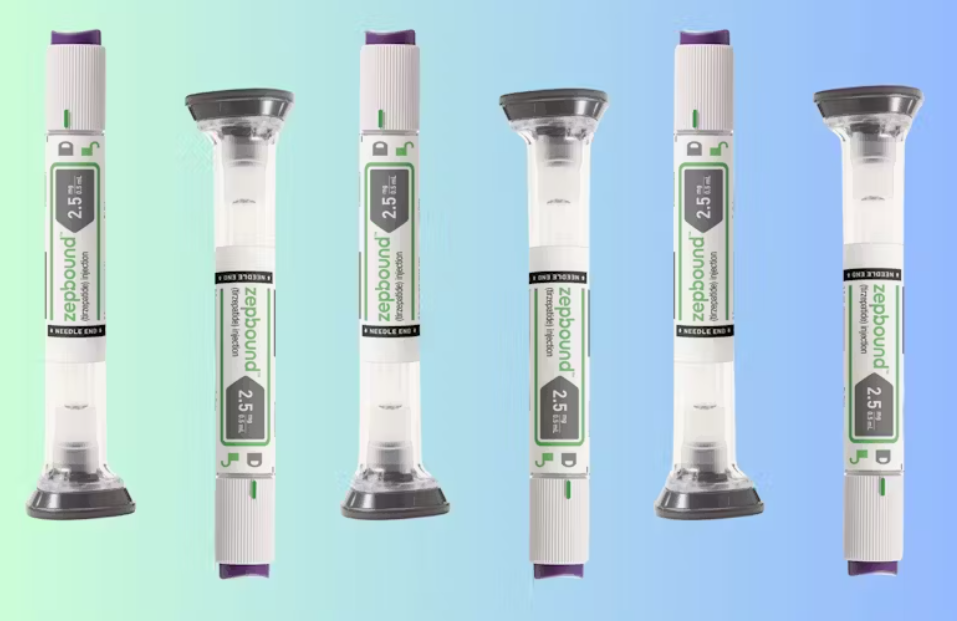Get Healthy Soil by Nurturing the Rhizosphere: 5 Pro Tips
Healthy soil is key to healthy plants, and vice versa. One way to support both soil and plants is to foster a healthy soil rhizosphere. Farmer Briana Yablonski shares some ways you can support this top layer of soil. The post Get Healthy Soil by Nurturing the Rhizosphere: 5 Pro Tips appeared first on Modern Farmer.

On paper, people often say that plants need just a few things to grow well: light, water, and nutrients often top the list. But when you dive into the complexities that exist in living ecosystems, you realize that growing healthy plants involves more than just following a simple equation. One key way to improve soil health is to focus on developing a healthy rhizosphere.
The soil rhizosphere is where plant roots grow. Thanks to the varied and complex interactions between plant roots, microbes, and inorganic substances, this portion of the soil differs from deeper sections. While all soil impacts plant health, the rhizosphere plays an especially important role.
Fortunately, there are multiple ways you can nurture the rhizosphere and improve plant health.
Ways to Nurture a Healthy Rhizosphere
The following principles and practices are ways you can foster a healthy rhizosphere. These practices will support plants, leading to better health and increased yields.
Always Keep Plants Growing

A key way to improve soil health is to grow as many plants as possible. Plants significantly impact soil microbes and, consequently, the health of the rhizosphere.
Plant roots release various substances known as root exudates. Many of these exudates are some form of carbohydrate, but others are amino acids, hormones, enzymes, and other compounds. Although we don’t see these compounds, plants devote a significant amount of energy to exuding them; over 20% of the substances produced during photosynthesis are allocated to plant exudates.
So, why do plants release so many of their valuable sugars into the soil? In short, it’s for the microbes. The plants recognize that a healthy microbiome is essential to their own well-being. These microbes help make nutrients available to plants, fend off diseases, and complete other processes that plants can’t do themselves.
Along with fostering diverse and robust microbial life, exudates also directly support plants. As agronomist and soil health expert John Kempf explains, root exudates can suppress pathogens from infecting plants, attract microbes that fight pathogenic microbes, and alter the pH in the rhizosphere.
Keeping plants constantly growing supplies the rhizosphere with a continuous supply of exudates. Farmers and agronomists often herald cover crops as a way to add lots of organic matter to the soil, but growers often overlook the major role that the release of exudates plays in establishing and maintaining a healthy rhizosphere. You can also replant crops soon after harvesting, especially if you’re operating on a market garden scale.
Inoculate the Soil with Microbes

To jumpstart soil biology, you can inoculate with a mix of bacteria and fungi. Many products are available for this process, and you can also capture local biology with Korean Natural Farming methods.
Regardless of which method you choose, ensure that you provide an environment that allows these new microbes to thrive. Gently mix them into the rhizosphere by applying them before light rain, incorporate them into a fertigation system, or lightly rake the top few inches after application.
You should also apply the microbes to an area with growing plants, or add plants shortly after inoculation. This will allow the microbes and plants to support each other.
Improve Plant Photosynthesis

Since there is such a strong correlation between the health of plants and the rhizosphere, growing healthy plants is a key way to improve microbial life. Increasing plant photosynthesis rates is one way to do this.
During the process of photosynthesis, plants use solar energy to transform carbon dioxide and water into carbohydrates and oxygen. However, they need more than just these inputs to complete the process. Plants also need elements that are part of chlorophyll molecules, where photosynthesis occurs, and the elements that make up the compounds that help drive photosynthesis.
Ensure your plants have adequate levels of nitrogen, phosphorus, manganese, iron, and magnesium. Even if soil tests show these elements are present in adequate amounts, plants may not be able to absorb them. Conducting tissue analysis provides a deeper understanding of which nutrients your plants are taking in and allows you to provide foliar applications as necessary.
Avoid Regular Tillage

Tillage isn’t necessarily detrimental to a healthy rhizosphere and can even be a key part of improving soil health. However, it’s important to recognize how the type and frequency of tillage impact soil life.
Regular heavy tillage disrupts fungal networks in the rhizosphere, requiring them to be reconstructed repeatedly. Tillage frequency and intensity also alter soil microbial makeup, potentially leading to greater nutrient loss. Practicing conservation tillage can improve the relationships between plants and microbes, leading to more robust root systems and higher yields.
Ensure Excellent Drainage

Although plants and microbes require water to survive, too much water can create anaerobic conditions. This kills many microbes and harms plant health. Therefore, providing good drainage is a key part of developing a healthy soil rhizosphere.
There are multiple ways to improve drainage, including planting deep-rooted cover crops, aerating with a chisel plow or broadfork, and installing drainage tile. You can also capture water with swales and ponds to prevent it from accumulating in unwanted areas.
Soil Builds Prosperity From the Ground Up
Respecting the humanity and history of soil can help us grow a more resilient future for all.
The post Get Healthy Soil by Nurturing the Rhizosphere: 5 Pro Tips appeared first on Modern Farmer.
















































































































































